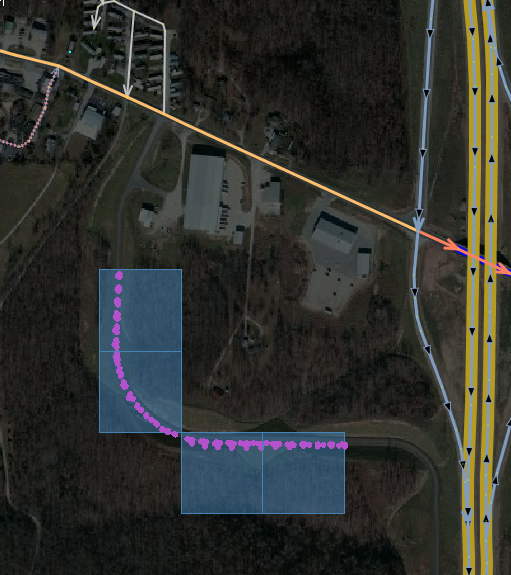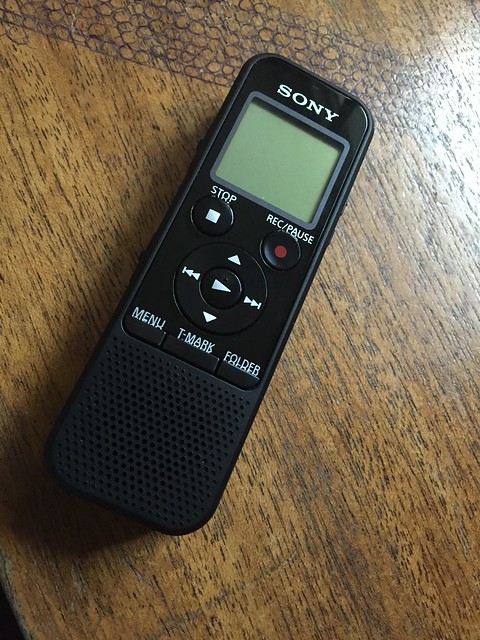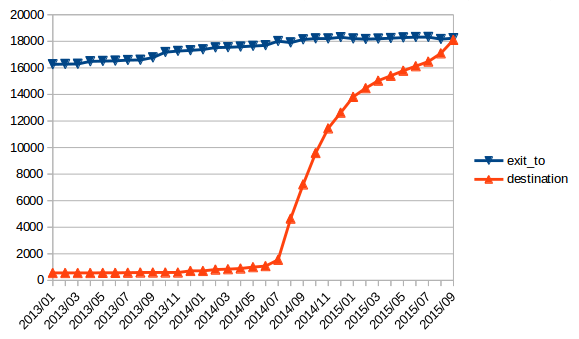I am on a roll mapping pedestrian crossings (or ‘crosswalks’ as Americans tend to call them.
First I download a sliver of the map that covers a major road in JOSM:

I think you could also use ‘download along way’ in JOSM if the road is not nice and straight, but around here they usually are.
Then I pan along the way and add crossing nodes using Shift-R to quickly copy pedestrian crossing tags from the previous node.














